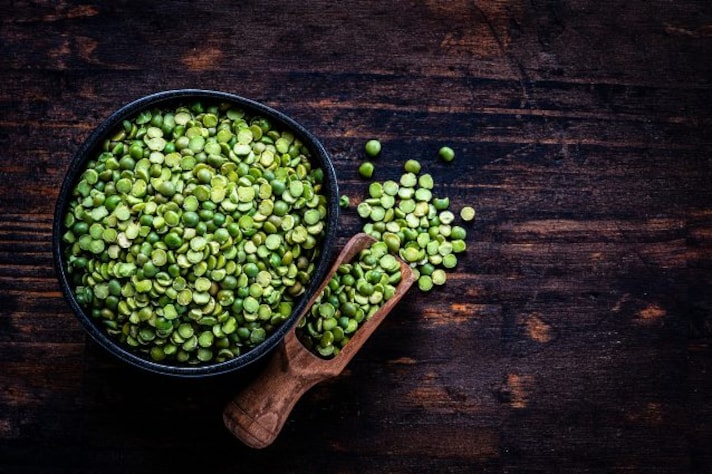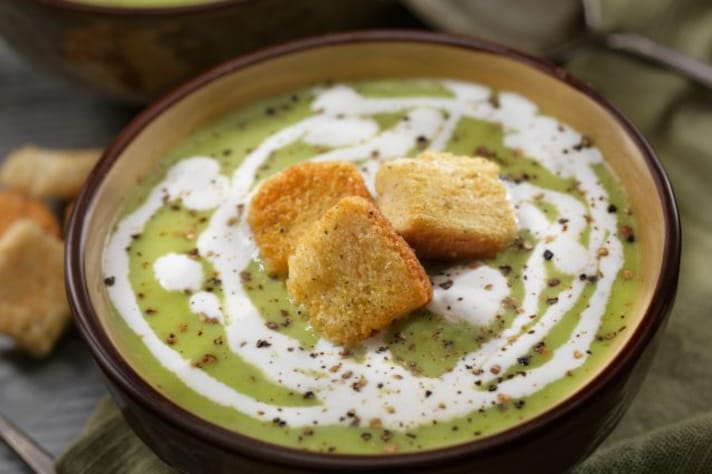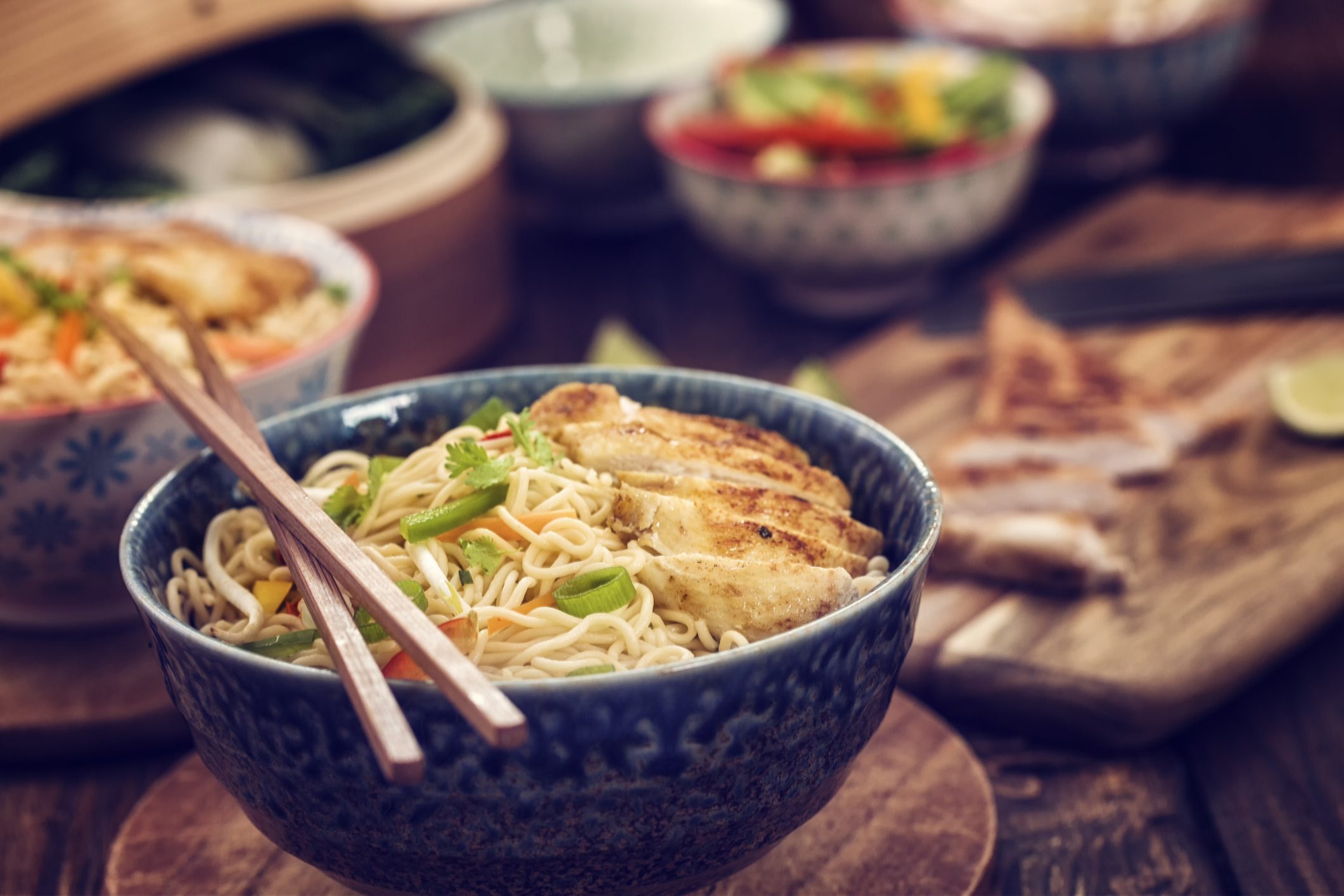What Are Split Peas, and What Makes Them Different From Other Types of Legumes?
Split peas are dried, split field peas with a rich history and distinct uses. Unlike lentils or chickpeas, they cook quickly and break down into a creamy texture, making them ideal for soups and stews worldwide, like American split pea soup and Indian dals. They’re not just regular peas!

Pulses and legumes are the backbone of many diets worldwide, bringing fiber, protein, and flavor to countless dishes. When we reach for dried beans or lentils, though, we’re often met with options that look strikingly similar. Take peas, for instance—split peas may seem like they’re just regular peas chopped in two, but there’s much more to the story. Split peas are a distinct and versatile ingredient with a fascinating history all their own.
What Are Split Peas?
Split peas are not just peas divided; they’re a specific type of field pea that’s been dried and, yes, split. Their history dates back centuries, particularly in Europe and Asia, where they’ve been a dietary staple due to their high nutritional value and ease of storage. There are two main types: green split peas, with a slightly sweet taste, and yellow split peas, which are earthier. Both types have played an essential role in traditional dishes, adapting to different regional cuisines over time.

Split Peas vs. Lentils, Chickpeas, and Peas
Despite their similarities, split peas are distinct from lentils, chickpeas, and fresh peas. Split peas are field peas that have been harvested and dried, then naturally split along their seam, making them quick-cooking. They lack the skins, which also helps them break down into a creamy consistency when cooked. Lentils and chickpeas, though part of the legume family, differ in texture, cooking time, and flavor profile, each bringing unique characteristics to their recipes.
What Are Split Peas Used For?
Split peas are at the heart of iconic recipes worldwide. In North America, split pea soup, particularly with ham, is a beloved comfort dish. Meanwhile, in India, yellow split peas (often called chana dal) are used in curries and dals for their rich, earthy flavor. Scandinavian countries have ärtsoppa, a split pea soup with pork that’s traditionally enjoyed on Thursdays. Their versatility makes split peas a go-to ingredient for everything from creamy soups to stews.

How to Substitute Split Peas in Recipes
If you’re in a pinch and need a split pea substitute, consider lentils, particularly yellow or green ones, as they have similar cooking times and textures. Chickpeas can also work for texture but will need extra cooking time. Remember, though, that the unique creaminess of split peas is hard to replicate exactly, so keep in mind the differences in taste and consistency when swapping them.
;Resize,width=767;)
;Resize,width=712;)
;Resize,width=712;)

